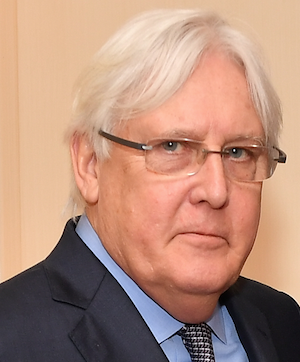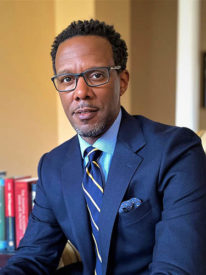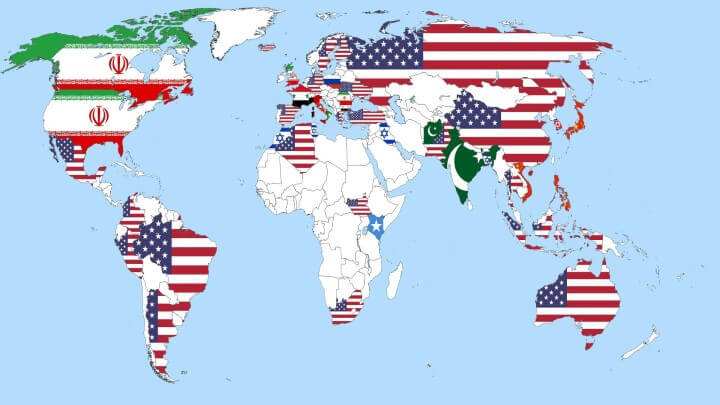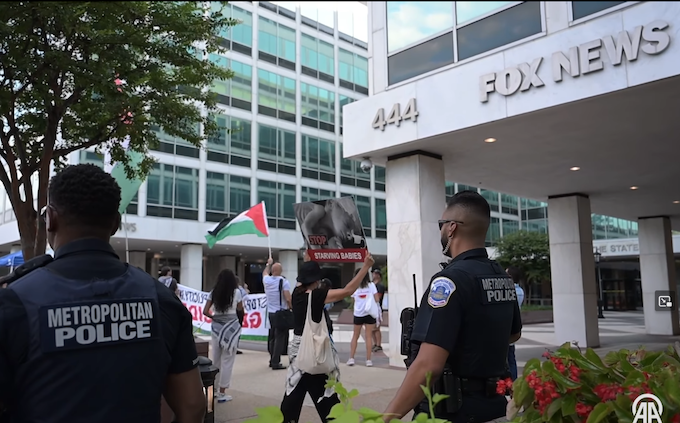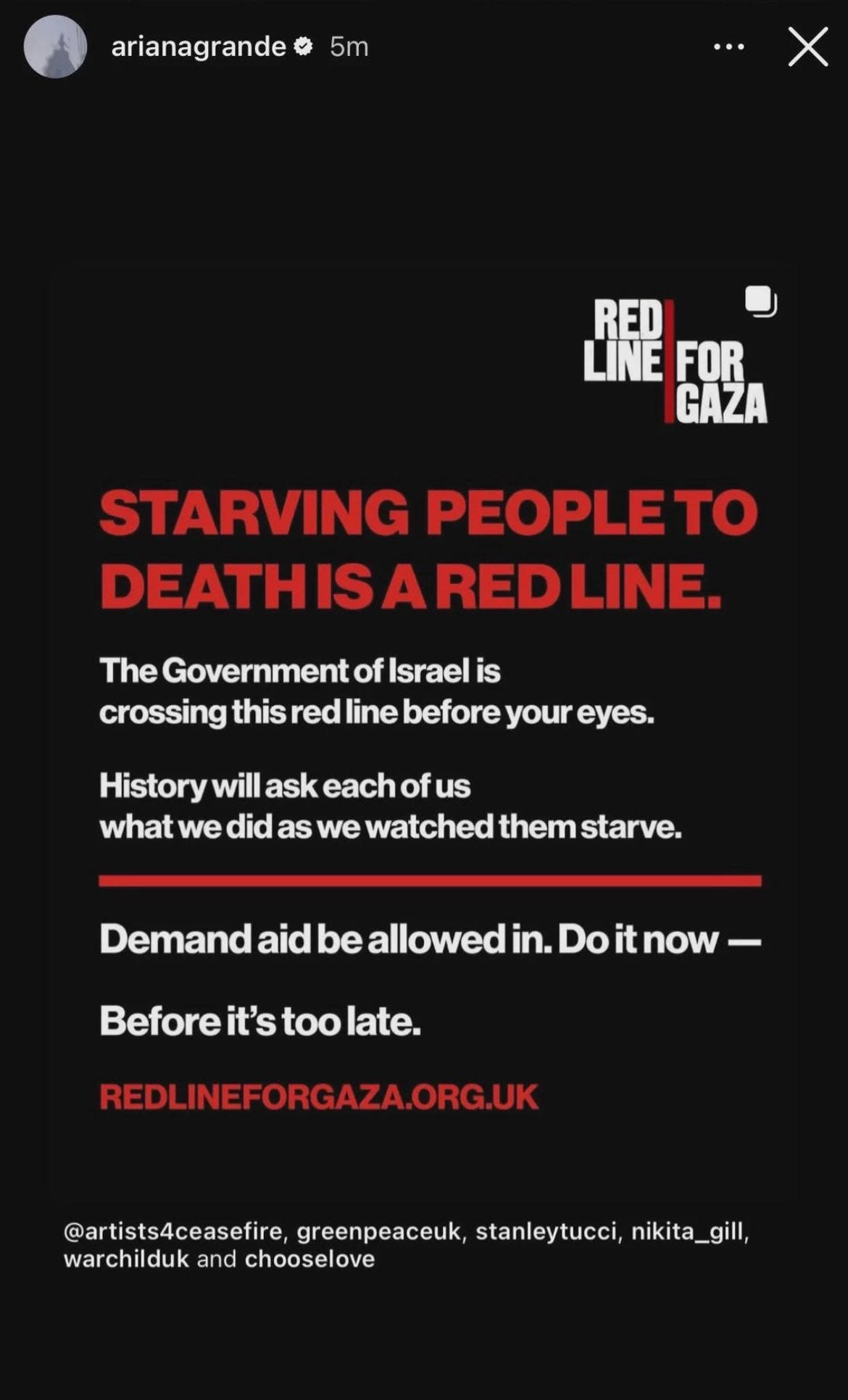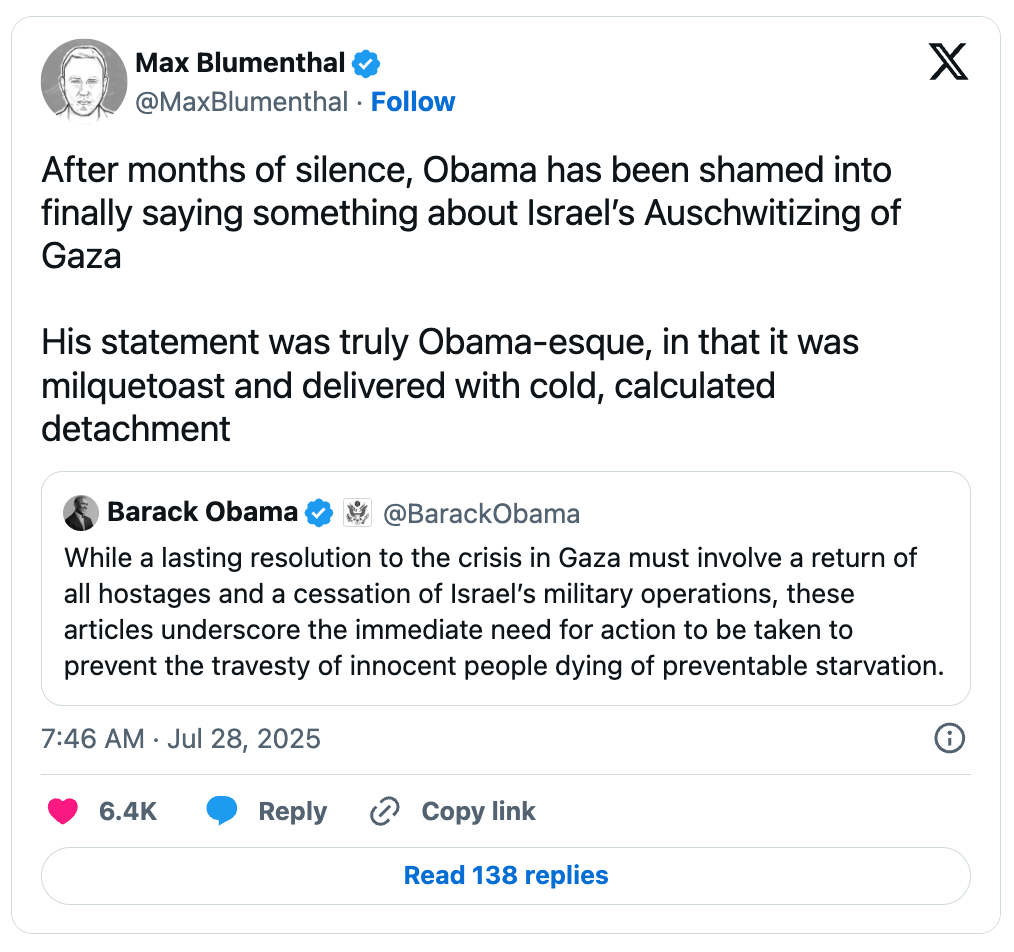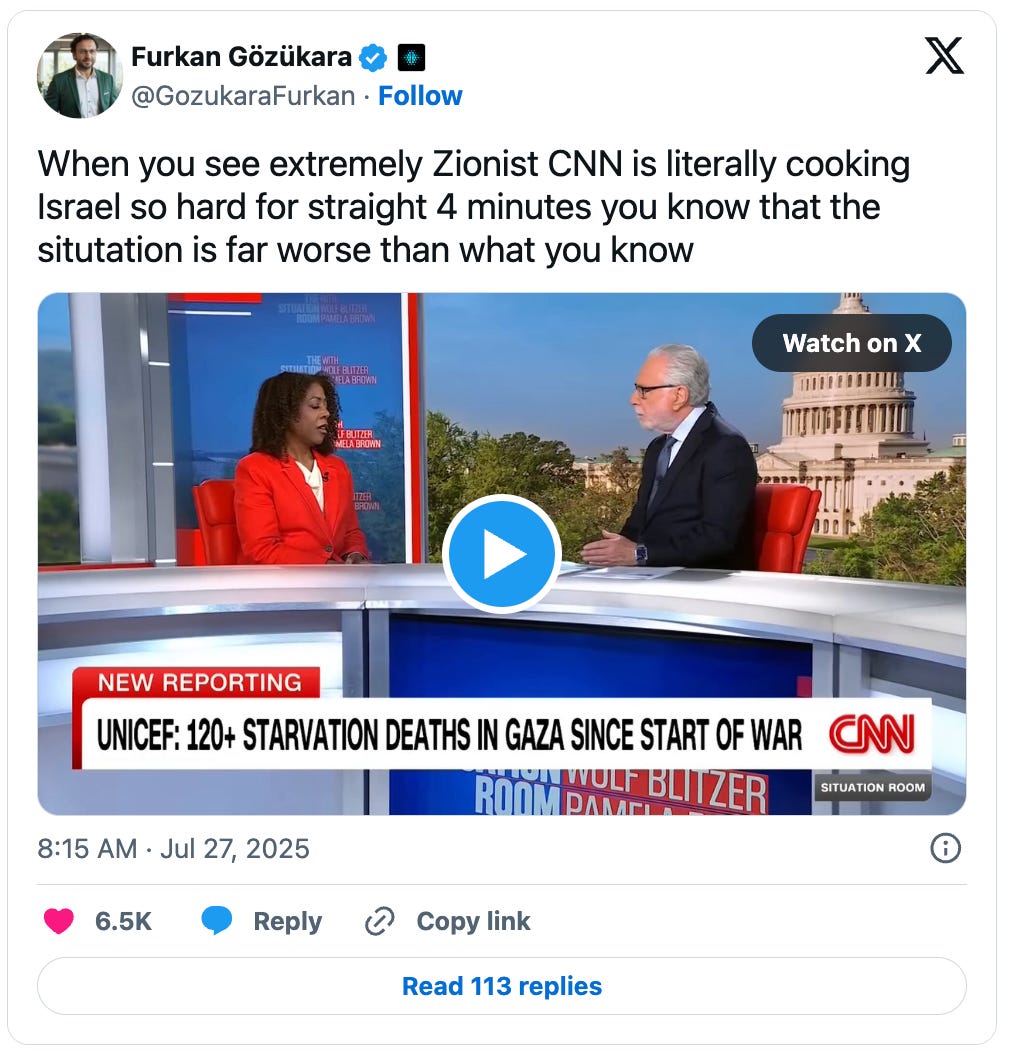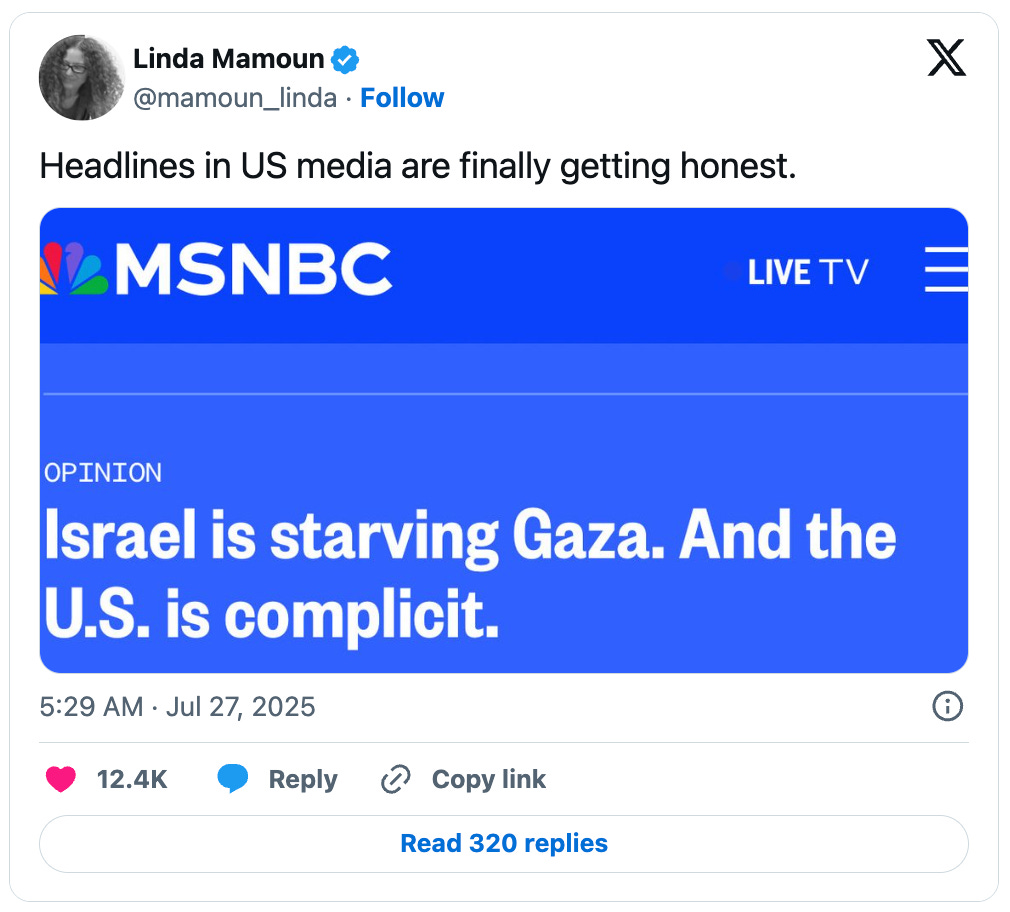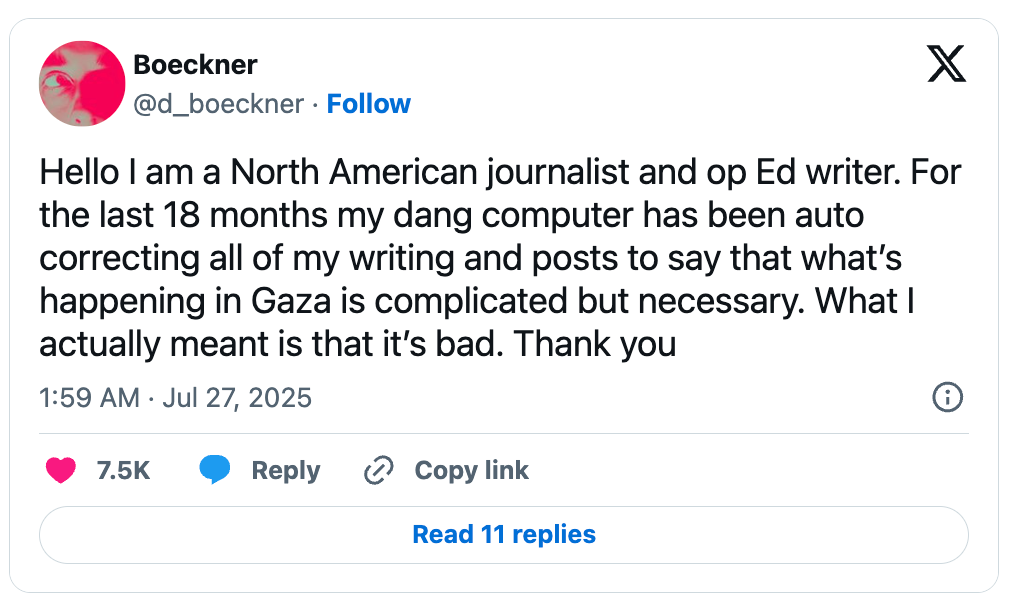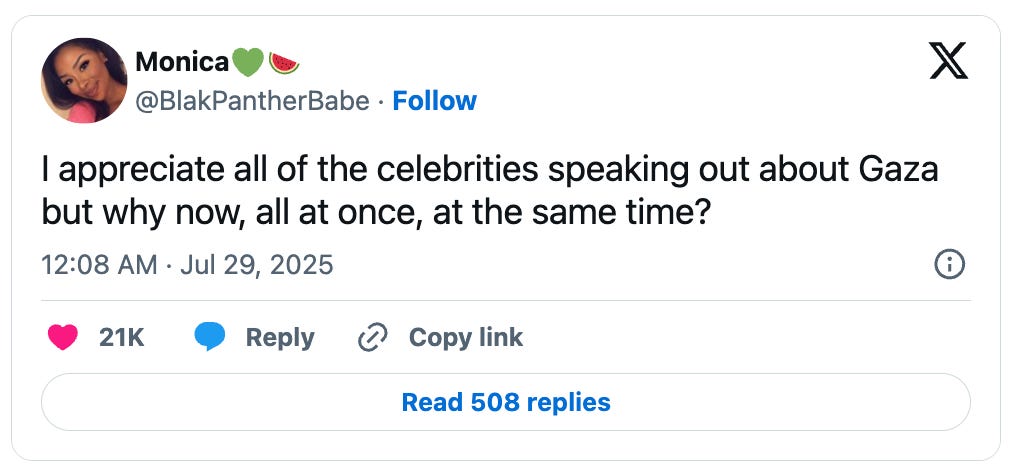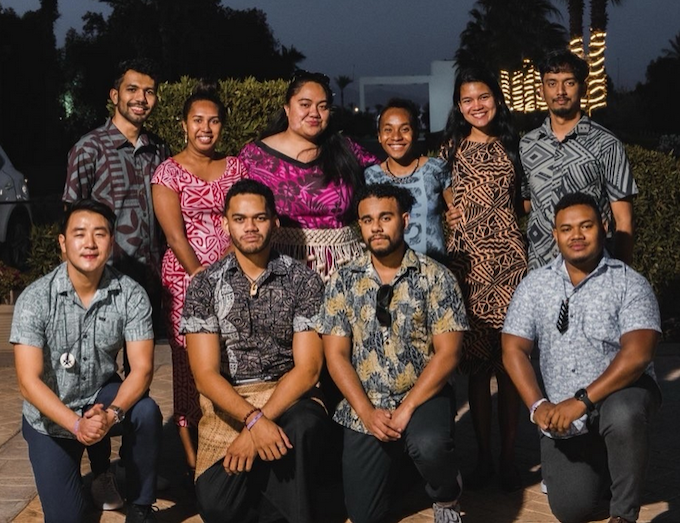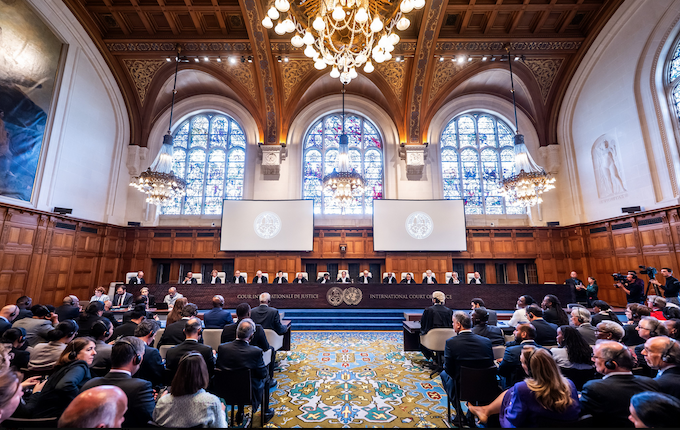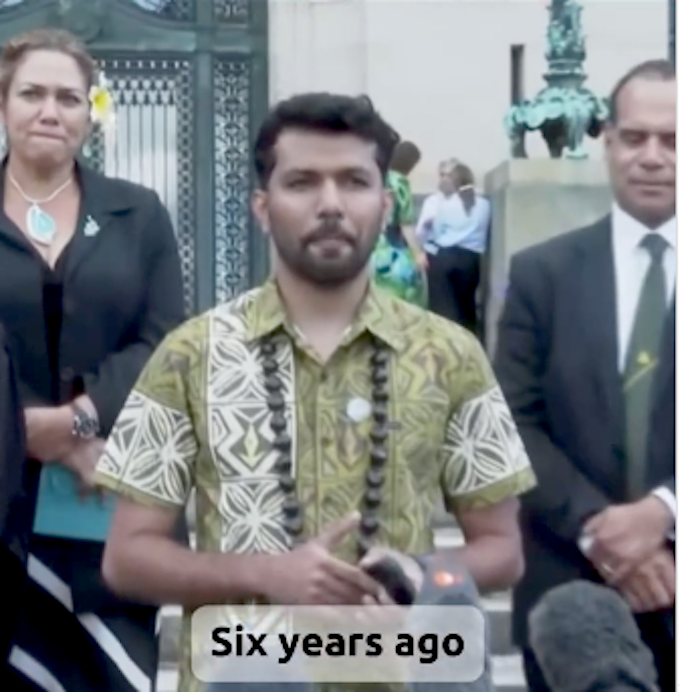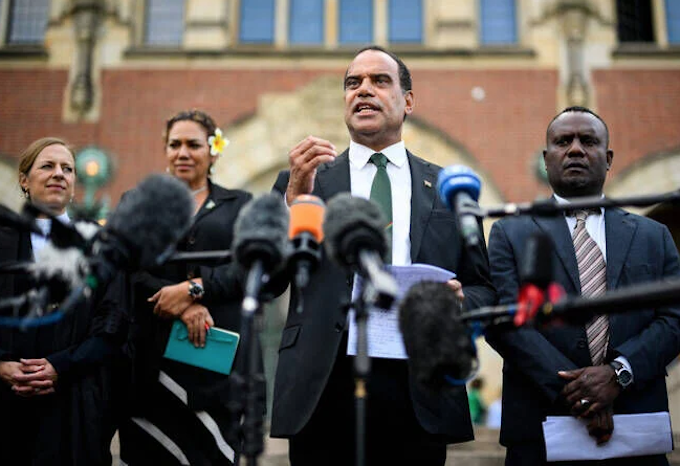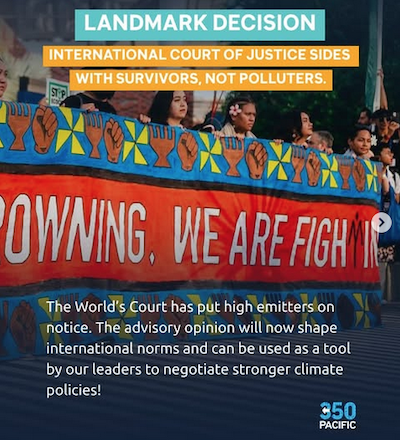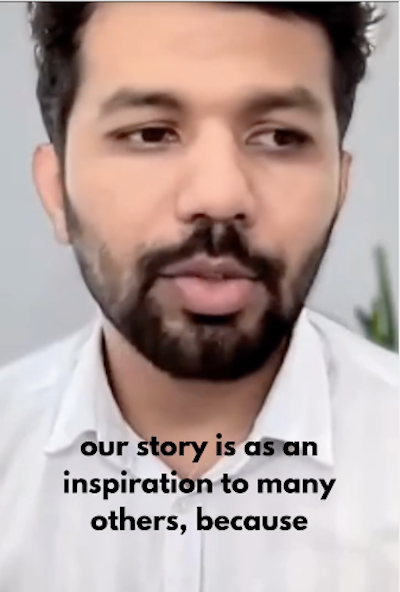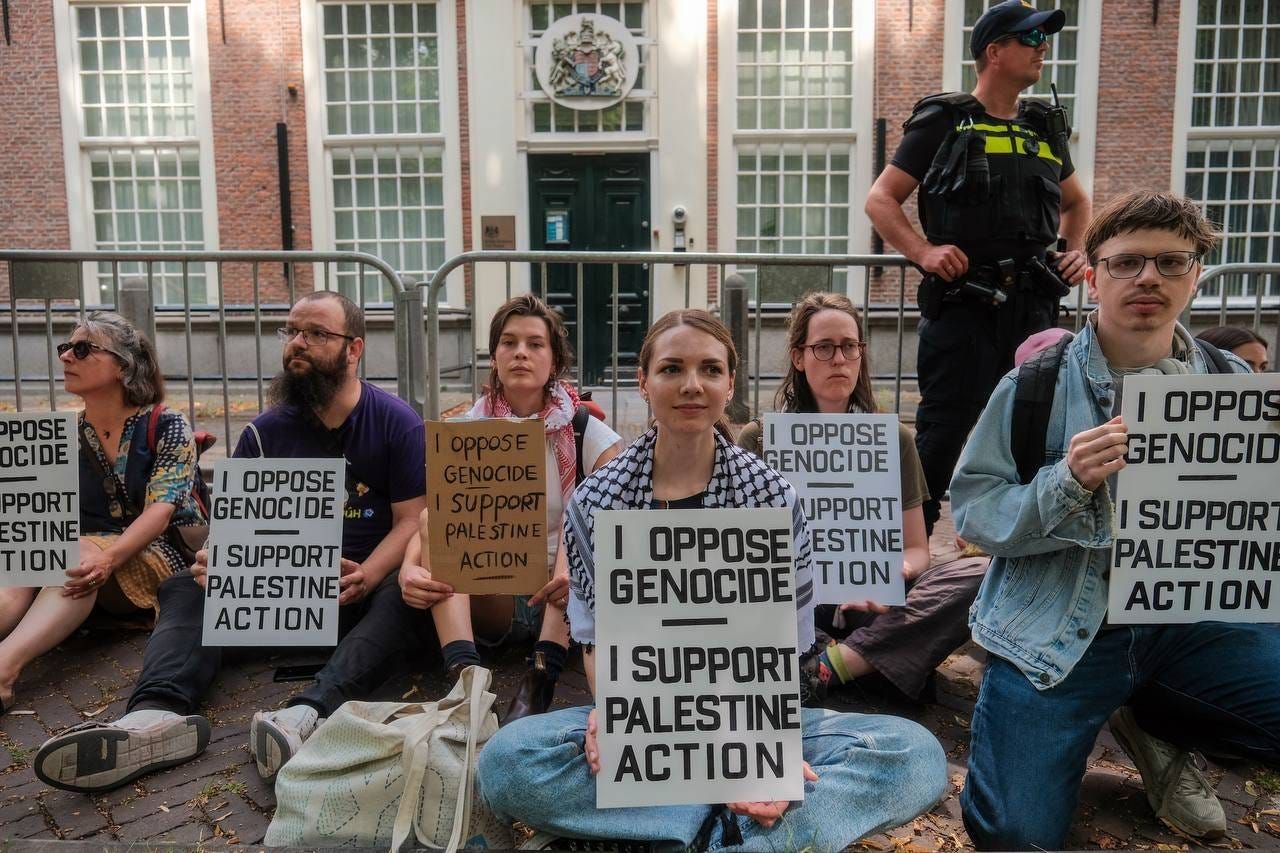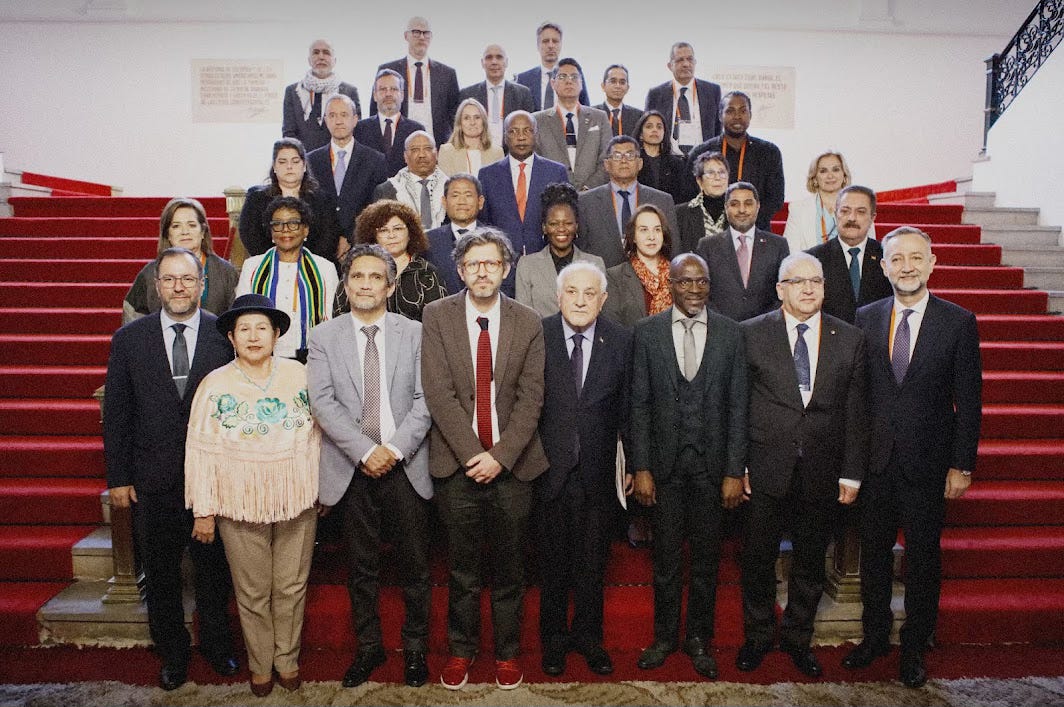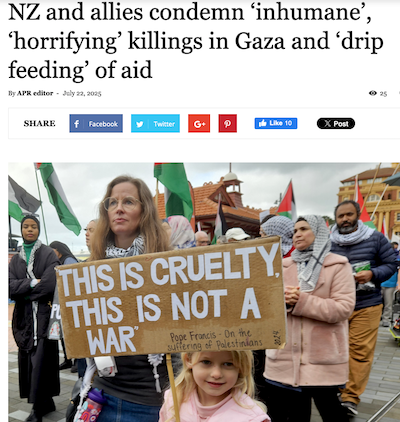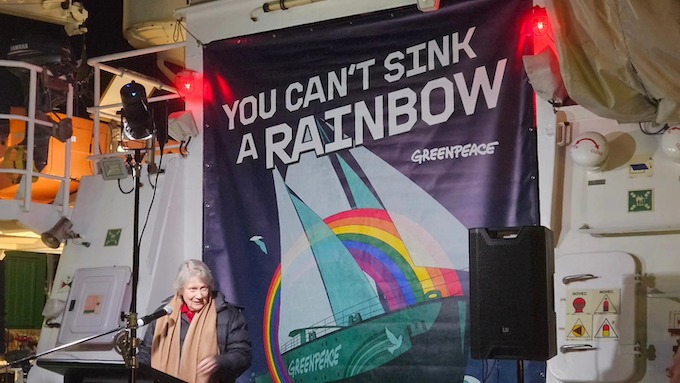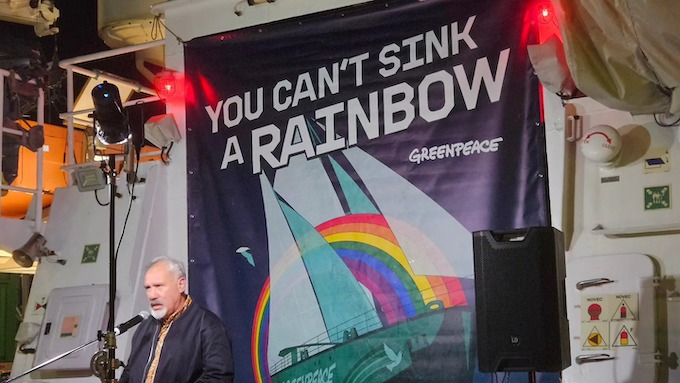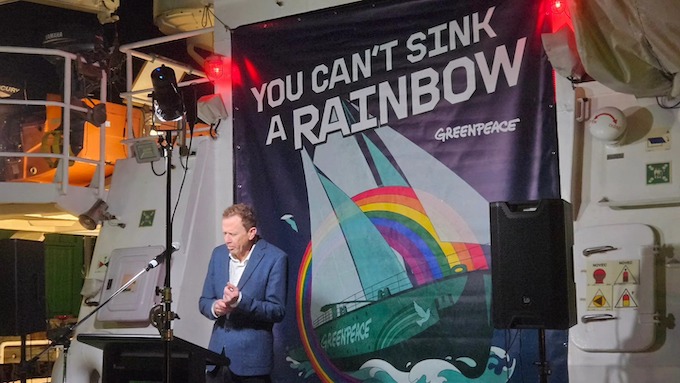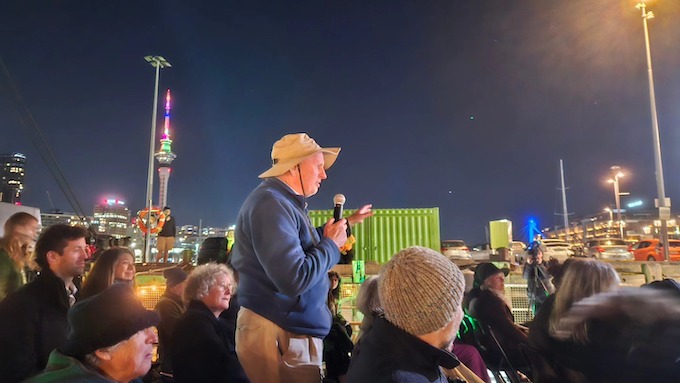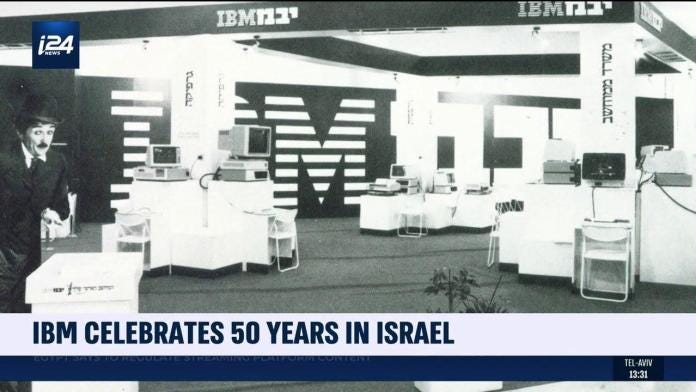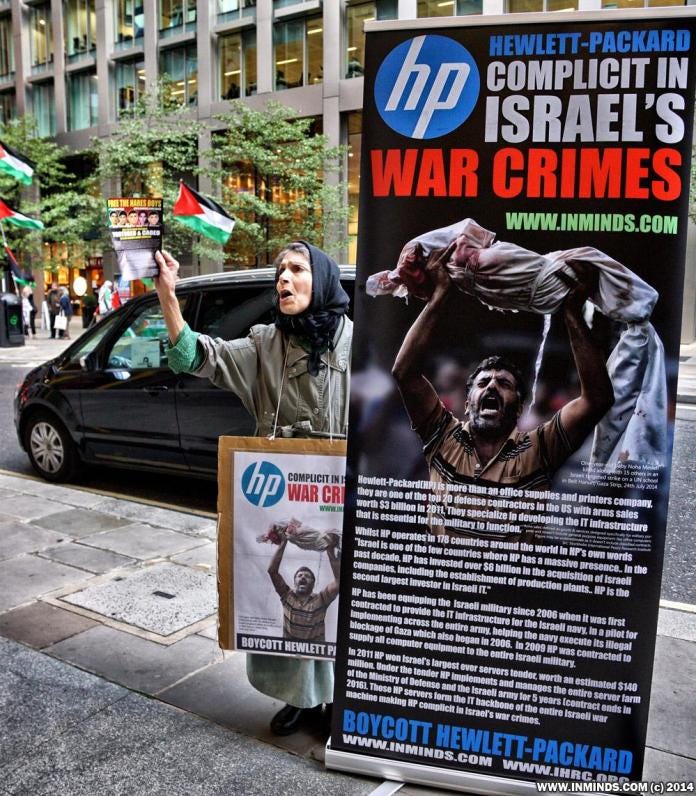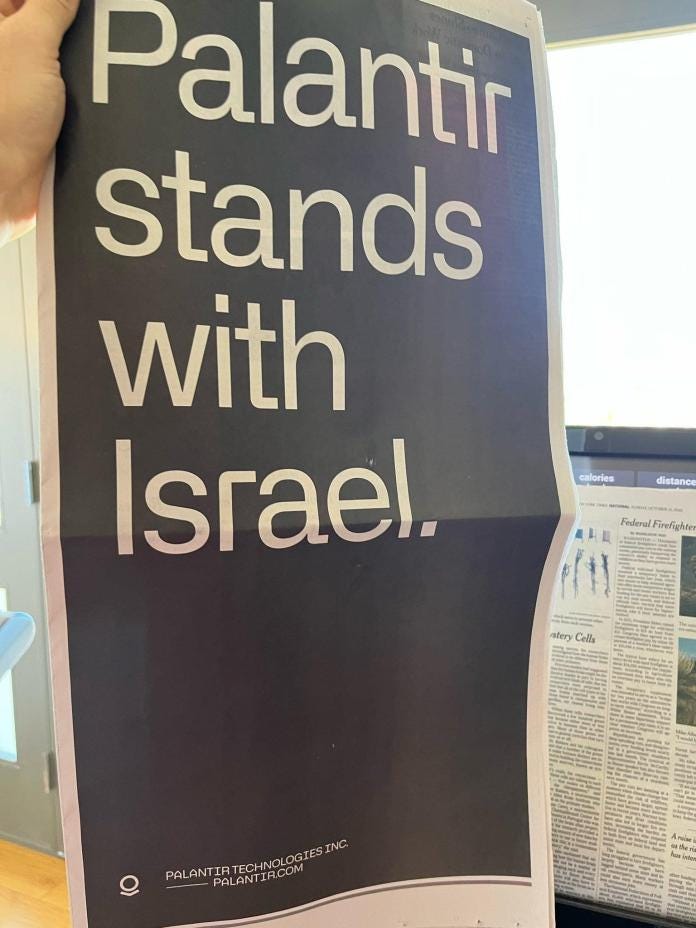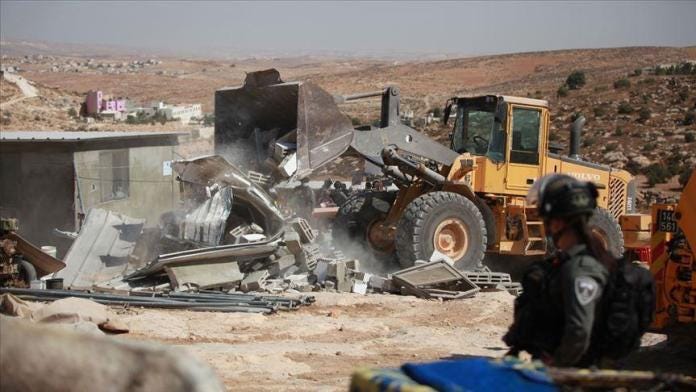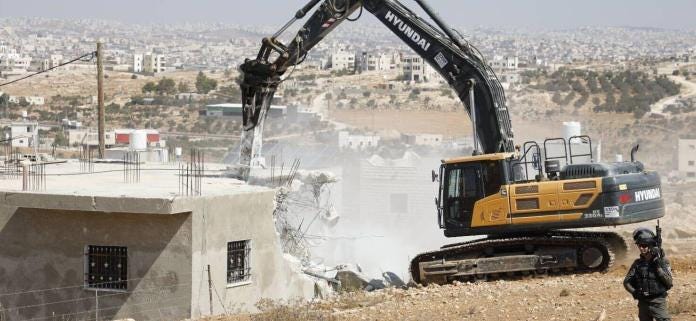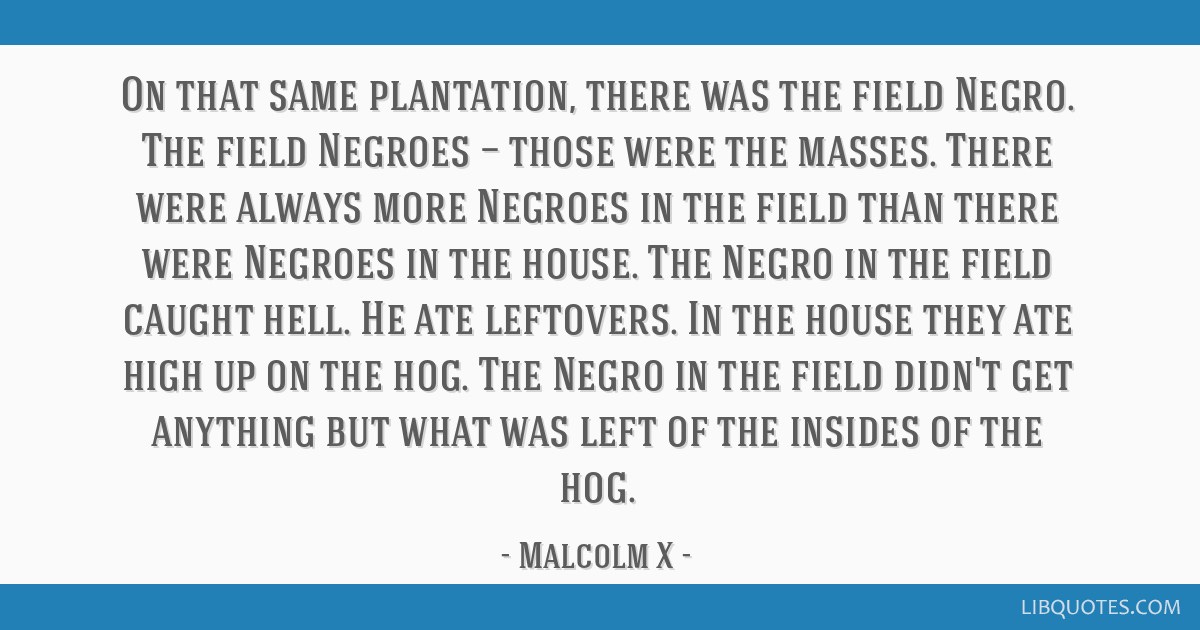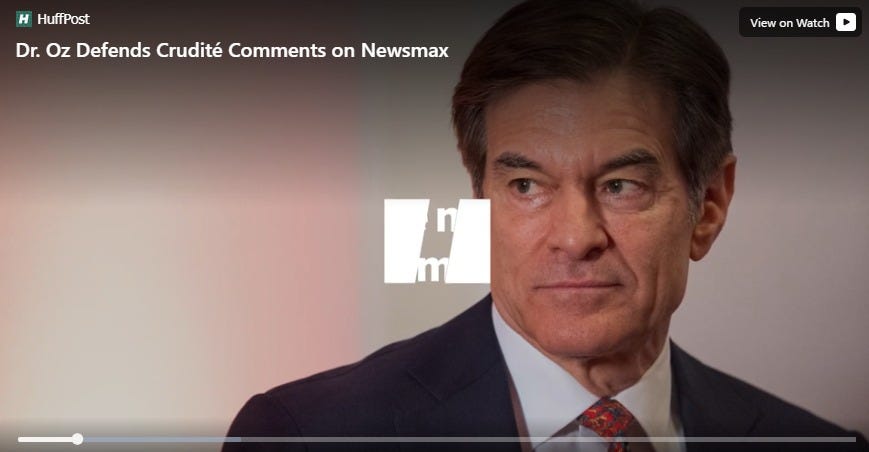Truth or Perception?
True to the words of the legendary 19th-century French novelist Gustave Flaubert, “there is no truth. There is only perception”. The truth may sound or taste bitter. But in reality, there is no singular truth and perception about anything and everything in this divine universe, even about the most abstract ones. Inherent truth is subjective, which lies in the hands of an individual’s interpretation. Together, they have a profound influence on shaping people’s views.
Its real-life exponent is none other than the dictator Hitler⸺thanks to his exceptional oratory skills, once dangerous and fascinating. On the other side of the coin lies the legacy of the great American social and civil rights activist Martin Luther King Jr. His non-violent liberal views on racial equality echoed deeply. Both historical figures left an indelible mark on the world courtesy of their respective mindsets strategically manifested, intertwined with truth and perception.
To shape public perception, key news sources include print and electronic media. These include newspapers, television, books, magazines, and radio. Newspapers and television are naturally the most widely ubiquitous, commanding massive audience coverage and deep penetration.
India has one of the largest newspaper circulations in the world. It endures and reveres the media, but here is the catch. According to media literacy index data, our homeland, India, ranked at a very low level globally. The magnitude of freedom is handy to the journalists at large, and it is alarming! Sadly, in India’s context, it is directionless. Ultimately, it is a wake-up call. The freedom of the press is inextricably linked to the democracy of a country. Apart from this, news channels on television are not behind in the rat race with their contemporaries. Selling content to the audience instead of ensuring quality content that informs them the most. Running for TRP, the real news gets diluted. The essence of informing and information gets killed long before through various media.
India’s complex emotional landscape
In a country as emotionally vulnerable and socially heterogeneous — as India. The longstanding challenges, such as Hindu-Muslim tensions, population explosion, poverty, illiteracy, and more. Labyrinths of other enigmas are often engulfed, which causes reactive, colloquial responses. They manifest vividly during nightmarish, complex — Kafkaesque episodes. Numerous instances of public unrest like riots, rapes, suicides, and more are evidence to it. Such emotionally charged reactions complicate the government’s ability to implement and administer policies in a consistent, transformative manner. This is where the truth and the press hold a critical role. In these complexities, the leakages of the internal machinery get highlighted.
A Press Under Siege
Having such a media state has major concerns and equally questionable consequences. They often tend to leave a painful scar later in the long term. On the contrary, the case is very different in countries as Russia, China, the US, and the U.K. They usually have concrete, strong, hassle-free, definite political motives and policies. They refrain from the ways India often tends to follow. The typical Indian answer to our emotional country goes back to our heated history textbooks. There have been countless deliberate attempts the whole world has made to conquer the roots of our ‘bhāratavarṣa’. It was not only for centuries but for millennia indeed. Starting from the advent of Alexander the Great in 326 BCE to the British Empire in 1947. The continual cycle of ‘sought and fought’ had fragmented and fractured the internal cohesion. This legacy left the nation in a difficult yet diverse situation. Still, it often backfires, creating an ironic, complicated situation of unity in diversity. Unlike other countries, the US and Russia. Unfortunately, India hasn’t enjoyed an uninterrupted political lineage with a uniform singularity of purpose. In our case, the press doesn’t report the truth. It often has to wrestle for it amid the noise of unresolved historical background, painstakingly.
Indispensable, twin forces — the truth is an expression, the press is the medium. Shaping and reshaping our views, then our beliefs. Eventually, it solidifies respective ideologies. The media are the purveyors of truth and freedom. Conveying information concisely under the instructions of the government. With such a vital authority and verdict resting on the press, it is a transparent, crystal-clear mirror of the country. It is a double-edged sword, bridging the supreme authority with the assurance of the people. Just exactly like Snow White’s enchanted mirror, today’s press undergoes examination, “Mirror, mirror on the wall: Who tells the truth among us all”? Publicly, things get amplified and complicated with social media. It affects the scenario, which itself is in an uneasy, lopsided state.
Social Media Perils and Content Pollution
True to the words of the legendary English poet Alexander Pope, the warmth of his lines is produced in his thought-provoking work, ‘An Essay on Criticism’. The lines “A little learning is a dangerous thing.” These are so apt to the complex content we consume today. The essence of the magnum opus is deeply felt even today in the 21st-century modern world.
In the essence of the digital age today, Social Media is the online medium that makes shallow learning among the masses a dangerous thing! It has a profound impact and internal pressure on one’s daily life. The ignorance of countless posts on X (formerly Twitter), Facebook, Instagram, and so on, will undoubtedly be bliss. In shades of innumerable benefits, it often results in ruining one’s privacy. Social media validation and accumulating more and more followers are blinding. It is infused with overloaded fake news, intense addiction, and the urge to form opinions and criticism (trolling). Everyone wants to express something without having the real knowledge about it. With this huge confusion and anxiety, it has emerged everywhere like wildfire. All of this has created misconceptions, prejudice, manipulation, censorship, ambiguity, rumours, and misuse. This mess is one of the major grey shades of social media.
Content is not just consumed; it is exaggerated, engineered, and fabricated. All this is exercised under legitimate knowledge claims. Ultimately, this flooding mechanism has blurred the line between what is reel and what the actual reality is. It has adulterated information to an unprecedented level. India itself produces a large number of content creators globally. In turn, Indians also tend to consume a huge volume of content. Thanks to insanely addictive reels and posts on apps like TikTok, YouTube, and Instagram, and more. As a result, India also leads in average mobile screen time. The estimated screen time is more than 5 hours daily. Even sometimes creating obscene content for the sake of likes and comments is considered normal! At least for disseminating genuine content, social media proves to be an easy yet complex option. Consequently, it has driven the Indian media into peril.
The Collapse of Free Speech
Unearthing the truth in the crossword and its clues embedded in a web of lies is hard. It has paradoxically suffocated the very freedom of speech within the compound chaos altogether. Truth is born out of freedom and courage. The press, which once investigated the unknown, unbelievable, and the unthinkable, now tirelessly circles. Just hunting for the truth for the sake of real, meaningful truth. But alas, today, there is both speech and courage immersed deep. The axis of profoundly malicious, politically motivated actions and intentions is strongly holding it. Both truth and press now operate in a system they once sought to expose. Here, language often bought through bribes speaks loudly and boldly to rule over everyone. Often, institutions buy and sell the freedom of speech, putting their agenda forward to the masses. This dirty, unethical transaction not only trades monetary value but also corrupts the system. It hollows the society morally, emotionally, and socially, both intentionally and unintentionally, like a parasite.
The voice of the innocent (media professionals), who dare to speak the truth, often embraces unjust retribution and tyrannical faith. Their remarkable efforts peel back those thick layers of deception, corruption, and bribery, but go in vain. Pressure groups and others often bury uneasy truths and astonishing facts under the guise of national interest and public welfare. The beautiful irony is just showcased as normal in thin air! The menace is that it is paraded to the audience as a sideshow spectacle. Such skillful, shrewd wordplay and rhetorical acrobatics contribute significantly to it. As a result, even the sharpest person in the room can’t pose a question. This puppetry media manipulation in a performative democracy becomes art, not for informing, but for controlling.
The Legal Lens: Indian Constitution and the Press
Laws and the press share a valiant, intertwined relationship where both have the power and potential in society. The law acts as a watchdog over the duty of both the people and the press. The freedom of the media is not only linked to journalism but to the vocal freedom of a country. Leaving it in a deadly dilemma of oblivion if left unchecked.
Resorting to legal methods for a hand-to-hand confrontation and cleansing it eventually may be the tedious yet best remedy. Highlighting the pitfalls and sorting them to the roots, as there is no smoke without fire. Although this is an even bigger headache since the magnitude of the Indian media industry is a whopping amount of more than a billion dollars.
By turning through the pages of the most voluminous rulebook of the world, the Indian Constitution. It offers us both a better, comprehensive, and far-sighted view. Indian law is just and faithful enough to meet both ends and refine its application by drawing the light of wisdom over the respective case.
Article 19(1)(a) relates to the independent freedom of voice and their respective opinions against the actions of the government. The media is legally backed up to highlight the plight of truth ‘lying’ beneath the surface and above it. Likewise, some notable eye-opening cases include the Romesh Thappar vs State of Madras and the Indian Express Newspapers (Bombay) (P) Ltd. vs Union of India. These astounding cases had thrust the freedom of the press and media into the limelight, concreting their status even more. These cases and many more are at the confluence of the political and social environment. The emancipation to advance facts and reports without any intervention, but with reasonable restrictions behind the fences.
Freedom and truth in the press should be carried sensibly within the thin line of legal demarcation relative to the audience. Sensitive news often triggers harmful ideas, and it can lead to both psychological and mental pain directly. Avoiding the spread of any fake news, defamation, contempt of court, blasphemy, voyeurism, and any threat to the sovereignty and integrity of India is of utmost national significance. There has been some progress over time to overcome the stagnant debacle; there is a long road to travel.
Press, Sacrifice, and Political Ironies
Dubbed as the 4th pillar of democracy, the press and media enjoy an ironic status owing to their gullible volatility. There remain shining examples of fearless Indian journalism that delivered the truth at the right place and at the right time, undeterred by mental pressure. But ironically, the most staggering report gathered is that our motherland, India, stands amongst the top countries to have the most journalist deaths.
Renowned cases of such ill-fated scapegoats include Gauri Lankesh, J.Dey, and Daniel Pearl; the list goes on. Their “sacrifice” bears a thought-provoking lesson. These media professionals fearlessly tried to unmask the bitter truth of the wrongdoers and guilty minds. To combat such authoritarian regimes, often influential political ideals march forward carrying the baton, calling for a major upheaval or revolution. In the process, this leads to doublespeak from the other side in a counterreaction. Often, when things take a U-turn, these political ideals later turn into political prisoners! Eventually, their descendants find their lives embroiled, burdened with defining and redefining their ideologies and legacy.
Such a misuse or mistake can lead to an Orwellian dystopia in a totalitarian manner, as pointed out by the great 20th-century English author George Orwell. In his magnum opus novel, 1984, he showcases the political nightmare the caged media and press cast upon it.
In the dynamics of India, the silver lining is certainly visible. The architectural Gandhian values of truth and freedom will be followed and resonate. Both the sanguine prospects and outputs of journalism will emerge rooted in integrity and moral duty, without fleeting urgency. But rather with an imperative role, a pillar of democracy, not with transience but with transparency.
The post Mirror or Mirage? The Future of Truth and Freedom of the Press Today first appeared on Dissident Voice.This post was originally published on Dissident Voice.
